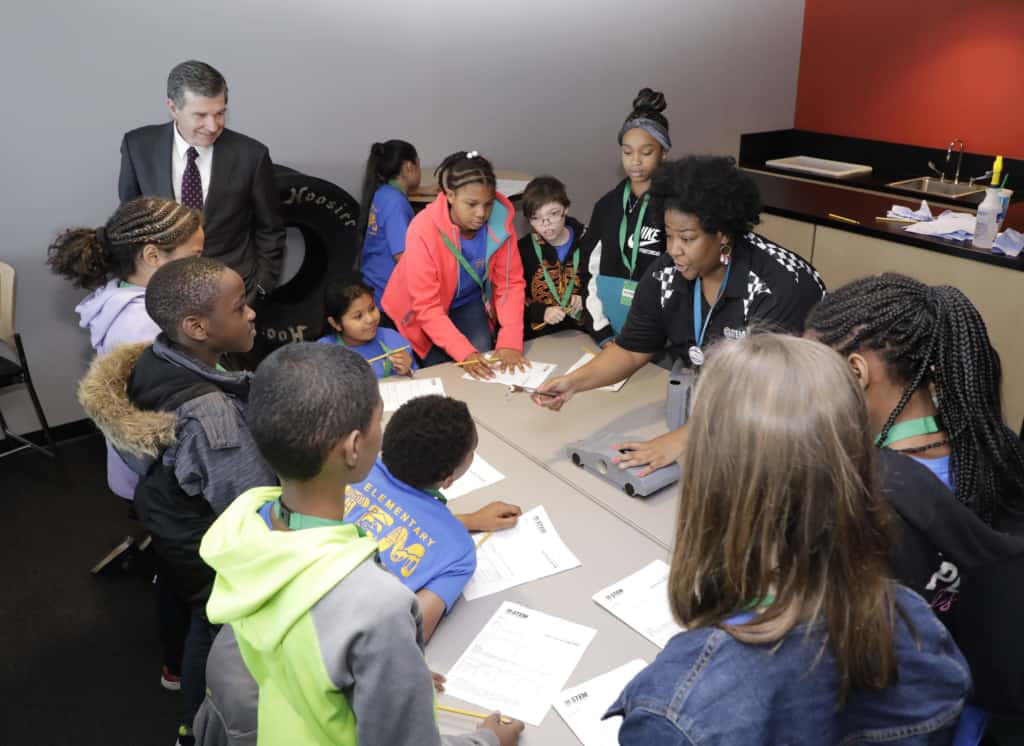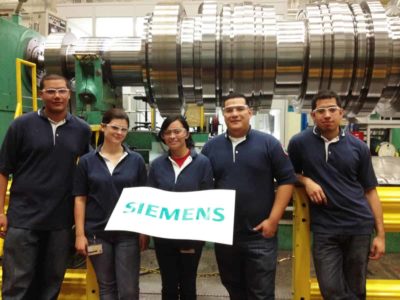In 2007, my daughter’s kindergarten teacher gave her an assignment to list her future career goals. To our amusement her choices were, either, a pirate or the President of United States. Her career choices, though specific and ambitious, posed a bit of a challenge to me. I wanted to start exposing her to aspects of her interests and did not know how to get in touch with Jack Sparrow or any other famous living pirate. Not to mention, that the President was too busy to entertain the two of us with a workplace visit. Fortunately, as my daughter grew, she began to narrow down her career aspirations. Shortly after entering middle school, she expressed interest in film making and animation, two careers that I could explore with her without having to stow away on pirate ship or stand in line for hours at the White House.

Career Awareness
In North Carolina, work-based learning has three categories, career awareness, career exploration, and career experience. Career awareness includes opportunities that involve learning about the type of work involved, the environments where the work occurs, and the types of tools or processes involved with the work on a basic level.
Opportunities for career awareness exist not only in work locations or schools, but also in one’s home. For example, I began to expose my daughter to various filmmaking software applications using our personal tablet. I-Stop Motion was an inexpensive application that she quickly mastered when she was just a fifth-grader. She made short movies of her toys and figurines. To take her burgeoning animation skills to a work-like level, I gave her the duty to make short movies for family members’ birthdays and special events. This exposed her to developing timelines, project management, story-boarding, script writing, and film and audio editing. Her movies became, and are, the highlight of family members’ birthdays and special events.
Parents can expose their children to opportunities that emphasize similar employability skills that traditional work-based learning develops. Dog sitting, lawn mowing, and even the most basic lemonade stand can instill work ethic and responsibility. There are a number of free, high-quality work-based learning activity ideas on websites like littlebinsforlittlehands.com. These activities teach children how to design experiements, how to troubleshoot when something fails, and (perhaps, most importantly,) ignite interest in subjects like science and math. Activities like these also introduce children to critical employability skills desired by employers.
Public schools also provide career awareness opportunities through career days and industry tours like the Extreme STEM Tours developed by Catawba Valley Community College in partnership with the local public schools in Catawba county. Middle school students from Catawba county spend a morning touring local businesses and the afternoon experiencing Catawba Valley Community College’s training programs that lead to careers in the same local businesses. Another example of how employers are partnering with local schools to provide career awareness for students is the Students@Work program. During this multi-week career awareness blitz, companies like Duke Energy exposed students to real-world career environments and skills. At Duke, nearly 100 students from three different Durham County schools toured the facility, watched a bucket truck in action, exported electric vehicles, and heard directly from members of the company’s leadership team.

Career Exploration
Career exploration includes student science or skill competitions, job shadowing, project-based learning, student research projects, service-based learning, and virtual simulated work environments. During my daughter’s last year as a middle schooler, I offered her the job of documenting a community college student competition, the High-Altitude Balloon Payload Design and Launch.
At the event, she happily mingled with college teams as they prepared their payloads for launch and filmed the entire activity. She took the raw footage and created a short video of the day’s launch activities that was posted on several of the competing colleges’ Facebook sites. This activity forced her to work under a timeline, perform equipment pre-checks, and quickly established a level of comfort working around and in between the busy teams.

More recently, my daughter’s high school digital media teacher encouraged her participation in the annual Red Hat Design Blitz. This event brings in high school students from Wake County to work on teams to design and develop solutions to real world problems in a single afternoon. This activity, facilitated by employees from Red Hat, involved over 100 area high schoolers producing designs for wearable technology addressing issues such as clean energy, renewable energy, and reducing waste. When asked to describe this event, my daughter responded, “At first I was nervous, but it was good to get out of your comfort zone. When the creative process began to occur, it was fun. But mostly, I enjoyed building our prototype.” She also said that the main thing she learned was, “that details don’t need to be perfect when developing an idea or concept.”

Later this year, she will be continuing her career exploration process by attending NC State’s Summer Design Camp. The weeklong residential camp is aimed at raising awareness of the impact of design on all aspects of our everyday lives. My daughter hopes the camp will open up new experiences and new pathway options for her within the field of design. The camp will expose her to the tools and processes by which designers from different fields create solutions to a variety of problems. Besides gaining valuable knowledge about the design field, she should finish the camp more certain about her future career. If not, then it’s time to get her involved in a career experience opportunity.

Career Experience
Career experience, in my opinion, is the most formative and rigorous of the three categories of work-based learning. Career experiences include internships, pre-apprenticeship and registered apprenticeships, community college work-based learning programs, clinical or practicums, and university co-operative work programs. The employability skills and depth of technical knowledge gained through career experiences are invaluable to the participant. Groups like the Organisation for Economic Cooperation and Development or the American Institute for Innovative Apprenticeship have studied and reported on how these forms of work-based learning result in helping participants improve their grades at school and their productivity on the job, develop critical employability skills, and land a full-time job at their host company following their work-based experience.
My daughter has yet to take part in a career experience, but has voiced an interest in participating in an internship, either while still in high school or in conjunction with her next level of her education. She also has heard the story of my own work-based learning experience (mechanical engineering paid-internship at a manufacturing company). My time as an intern did not lead me to a career as a mechanical engineer. Consequently, the experience led me to a career in higher education; and ultimately, it saved lives because I would have been a terrible engineer. Phew, disaster averted!
Admittedly, my daughter has had access to certain resources and enjoys a level of support that is not available to all students. I share her personal story because it demonstrated one way and not the only way. As a father, I have seen the difference work-based learning has made and, as an educator, I know there are resources all students in North Carolina can take advantage of in developing a sound vision for a future career pathway. Students should not graduate from high school unsure of where their interests and skill sets align and without any direction about what career path to follow. Leveraging real-world work experience is the map. Thankfully, my daughter realized her future did not involve wearing an eye patch and using limited vocabulary like “Arg.” However, her dream of becoming the president still exists, though, it evolved into being the president of her own production studio. I look forward to snuggling up on the couch with a bag of popcorn and watching her studio’s first feature production, probably a story about pirates.




